From netnewsledger.com link to article by Chief Wiindawtegowinini Isadore Day -February 18, 2020
What Canada is seeing right now — in the manifestation of railway and highway blockades and downtown rallies across the country — is as much about pipelines in British Columbia as it is about the lack of response to the 1990 Oka Crisis; the Idle No More Movement; Missing and Murdered Indigenous Women and Children; the ongoing cycle of poverty and despair. Canadians should be reminded that First Nations were starved and forced off their lands in order to build the railways in western Canada.
It is very telling that Prime Minister Trudeau has convened an “Incident Response Group” emergency meeting this week to deal with the “infrastructure disruptions” across the country. If the Trudeau government had committed to its 2015 promise on Reconciliation, and pledge to prioritize Indigenous Peoples as the most important relationship, this would not be happening today. In fact, if the Chretien government had adequately responded to the ground-breaking 1996 Royal Commission on Aboriginal Peoples, this would not be happening today.
The number one RCAP recommendation was to provide Indigenous peoples with a land base to grow a sustainable economy. This has not happened. The socio-economic target presented by RCAP was to close the economic gap and improve social conditions by at least 50 per cent within 20 years — by 2016. Four years after that target, poverty, and despair has increased. There are more First Nation children in care than at the height of residential schools. Last week, the Assembly of First Nations launched a $10 billion lawsuit in response to the Liberal government’s repeated delays over child welfare compensation. So much for reconciliation.
Building pipelines to export a non-renewable resource through traditional territories that may provide a handful of short-term jobs per community is not the answer. In fact, back in 2012 former Prime Minister Stephen Harper endorsed the Alberta First Nation Energy Centre proposal to build a $6.6 billion dollar refinery on First Nation land outside Edmonton. The provincial government shot down the project.
A state-of-the-art refinery would have created thousands of direct and spin-off jobs for both Indigenous and non-Indigenous in Alberta and beyond, generating billions of dollars for the economy. A new refinery, with a lifespan of 20 years, would have gone a long way towards not sending our raw bitumen by pipeline to the United States to be refined and then sent back to Canada. One would hope that by 2040 we will have electric cars and trucks to help combat climate change.
Among the front-page headlines, this week on protests and emergency responses is the sad story that the federal government has failed to roll out the Canada Infrastructure Bank’s $35 billion investment fund. Seriously, this situation should also be included in the Prime Minister’s Incident Response Group meeting. Spend that infrastructure funding on ending the First Nation housing crisis. Accelerate an end to boil water advisories. Build much-needed schools and medical centres in remote communities. The list goes on.
Besides infrastructure, the federal government must make procurement of Indigenous goods and services a top priority. For example, it will take a decade to renovate Parliament Hill. How many First Nation companies and employees have been hired? How many vacant federal buildings and land in Ottawa – and across the country – have been allocated as urban reserve economic centres for First Nations? Saskatchewan has the best model where even remote First Nations have urban reserves in the nearest towns and cities.
Finally, there has been much concern about the national supply chain of goods that have been slowed and shut down as a result of the railroad blockades. It is ironic that the most successful supply chain of renewable resources in Canada right now is the First Nation cannabis supply. There are First Nation dispensaries from BC to Newfoundland that have a lock on a significant portion of Canada’s cannabis market. In every First Nation community that is selling or growing cannabis, dozens of residents are employed, millions of dollars are generated weekly.
The potential billion-dollar Indigenous cannabis industry has renewed and revived First Nation sovereignty and Nationhood. Many communities are now developing their own cannabis laws and regulations within their jurisdictions. While pipeline protests have unified a certain segment of society, the developing cannabis sector has unified a cross country push for First Nation control of a commodity that will generate own-source revenues for generations. In fact, cannabis on-reserve has already made a dramatic positive impact on the quality of life.
The simplest first step for the federal government is to support the First Nation cannabis industry as a significant contributor on the road to economic reconciliation. At the same time, First Nations must prove to both the federal and provincial governments that the products are safe and regulated and that revenues are also being generated for the good of the community. When the Algonquin receives the right to sell cannabis to tourists visiting Parliament Hill, then Canada will truly have begun to atone for centuries of lip service and neglect.

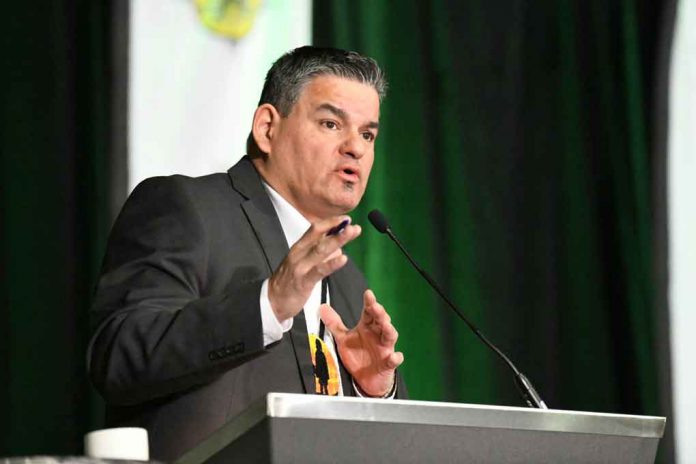







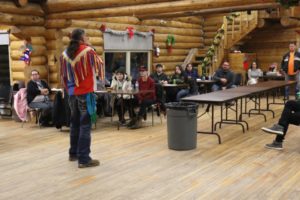
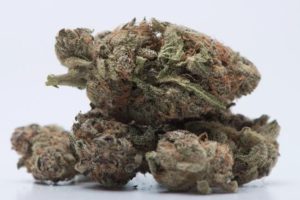
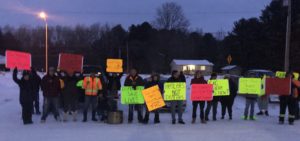

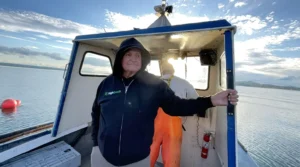


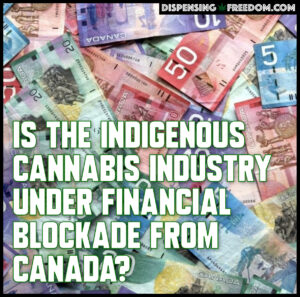


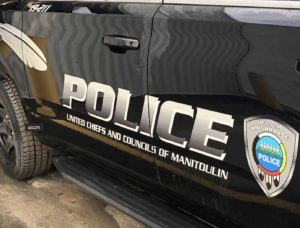
Comments are closed.